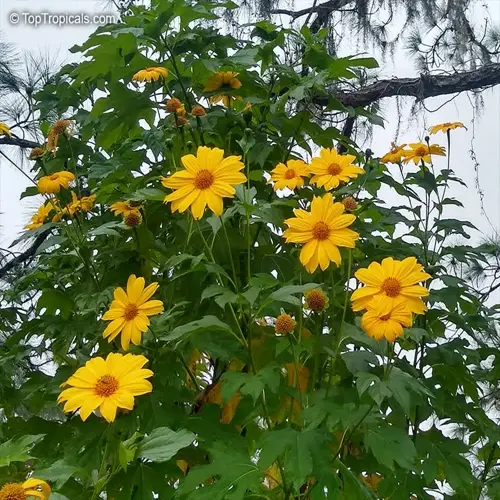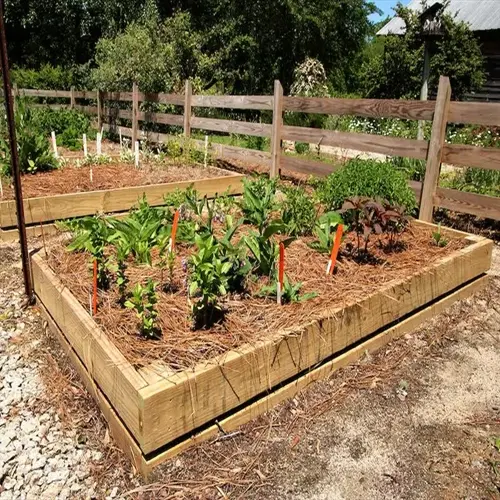How do I control weeds in a wildflower meadow?

Written by
Michael Sullivan
Reviewed by
Prof. Samuel Fitzgerald, Ph.D.Managing weed competition in wildflower meadows is about prevention, not fighting. I renovated my weedy area by preparing the soil and introducing native plants to reduce competition. Wildflowers benefit from working with suppression methods that exist in nature, rather than relying on synthetic weed suppression, as gardens do.
Site Preparation
- Solarize soil with clear plastic for 6 summer weeks
- Use stale seedbed technique: water and remove sprouts
- Rake soil smooth before planting native seeds
- Avoid disturbing soil after preparation
Maintenance Techniques
- Hand-pull invaders after rain when roots release easily
- Mow edges biweekly to block creeping grasses
- Maintain 4-inch plant height to shade weed seeds
- Spot-treat with vinegar solution on pathways only
Native Competitors
- Plant yellow rattle to parasitize grass roots
- Use dense groundcovers like creeping thyme
- Introduce native clover between flower species
- Allow self-seeding natives to fill gaps
Make timed interventions within the early stages of establishment. I weed aggressively for the first 8 weeks while wildflowers take root. After that time, native plants (like coneflowers) outcompete invasives. Mow the pathways once a month, but mow the meadow areas less frequently and refrain from using any invasive methods. This approach protects pollinators.
Establish suppressive layers via strategic planting. My meadow consists of tall-stature species (aesculus) and shorter-growing natives underneath (ground-hugging). The resulting layering creates a strong biomass for blocking light incidence to weed seeds. In sunny spots, I direct-sow an early, fast-growing annual (e.g., poppy) that quickly establishes and shades the soil until the perennials are larger.
Accept some weeds as *ecological indicators.* Dandelions indicate compacted soil, and clover adds nitrogen. I watch these rather than remove them. Actual invasives, such as bindweed, are usually pulled right away. This balance creates resilient ecosystems that require little to no management after year two.
Read the full article: When to Plant Wildflowers: Ultimate Guide

